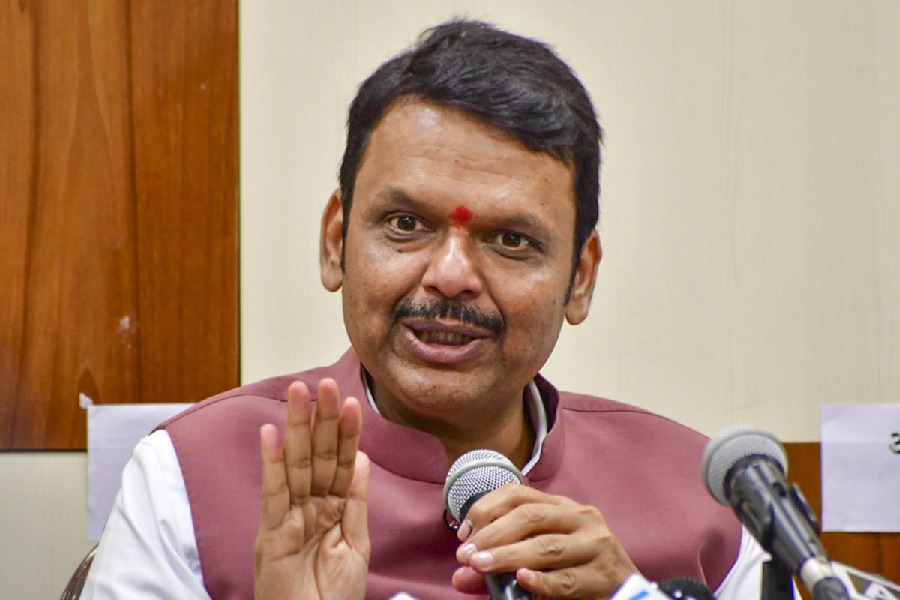
For Utpal Bora, silk is much more than an elegant fabric. His bioengineering lab at the Indian Institute of Technology (IIT) in Guwahati is using silk fibre — a natural polymer — to spin out a nano-composite material that can help repair damaged peripheral nerves that carry signals from the brain to different parts of the body.
The IIT scientists made this possible by embedding gold nanoparticles into silk nanofibres. The resulting mat-like structure was turned into a scaffold to hold together two ends of a severed nerve. Studies in rats have shown that this can actually help nerve cells re-grow, allowing the nerve to carry out its functions. The scientists, who collaborated with medical and veterinary doctors in Guwahati for the study, now plan to repeat the experiment in higher order animals. The scientists have filed a patent for the technique.
The study has just been published online and is scheduled to appear in the September 2015 issue of the journal Biomaterials.
The peripheral nervous system consists of all nerves outside the brain and the spinal cord. One or more nerves can be damaged during accidents or physical conflict. They are sometimes affected during major surgeries, too. In its severe form, what medical scientists call neurotmesis, the nerve is completely damaged with very little chance for re-growth. It is said that if the gap between the two ends of the severed nerve is more than five millimetres, the reconnection of the nerve cells, and thereby functional regeneration, is difficult. In such scenarios doctors bridge the nerve gaps by harvesting the less important nerves from other parts of the body. Such autografting too is fraught with problems. Of late, nerve conduits made of synthetic and natural polymers have emerged as an alternative but so far have had limited success.
On the other hand, the scaffold made of silk protein and gold nanoparticles is being tried out for the first time. To make this possible, biotechnologist Bora and his team has been working systematically for many years. About five years ago, they developed a technique to yield gold nanoparticles which are safe for biomedical application.
All over the world, scientists have been making gold nanoparticles which find application in different fields of nanotechnology. But more often than not, such nanoparticles are unfit for biomedical use as they are produced using toxic chemical methods.
The IIT scientists, however, created gold nanoparticles using a herb locally known as Mandukaparni or Brahmi (Centella asiatica), which is used in Indian traditional medicine.
They subsequently incorporated these gold nanoparticles into silk fibres, which were then woven into a mat-like structure using a technique called electrospinning. The mat is rolled onto a stainless needle to create nerve conduits that can be tested in rats.

For the experiment, about a 10-millimetre long portion of the sciatic nerve — a long nerve that begins in the lower back and runs through the buttocks down the lower limb — was removed and the implant was inserted.
While one set of rats was implanted with nerve conduits made from silk fibres alone, another had those made from gold nanoparticle incorporated silk fibres. In a third group, they used silk-based gold nano-composite conduits on which cells that hasten nerve cell regeneration are grown. Rats belonging to the last two groups showed a remarkable improvement in nerve regeneration.
According to the scientists, when gold nanoparticles were incorporated, the scaffold’s electrical conductivity improved significantly, helping the conduction of electrical signals from the central nervous system.
“Within three to four months, rats (in the last two groups) regained up to 40 per cent of functionality. And this increased to 70 per cent by nine months,” Bora told KnowHow. Further improvement, however, was slow, as expected.
“These conduits are nothing but tunnels that shield the nerve ends from surroundings, giving them a chance to recover,” says Bibhuti Bhusan Borthakur, a surgical oncologist from Dr B. Borooah Cancer Institute, Guwahati, and a co-author of the paper.
The results, he adds, are exciting. “They seem to be very safe. But laboratory conditions are quite different from real-life situations,” he says. For example, in the experiment the conduits were implanted immediately after the loss of nerve. That may not necessarily be the case in real life, he points out.
The priority of doctors attending to a road accident victim is to save life; disruption of a nerve is secondary. The nerve loss would be attended to many weeks, if not months, after the accident. “So we need to know how soon he or she has to have the implant so that functional recovery is possible,” Borthakur adds.
Balagopalan Unni, director of research (biological sciences), Assam Down Town University, who has spent more than three decades studying silkworm proteins, describes this as a “remarkable” achievement.
“But, they need to take it further and carry out studies in bigger animals and, if still found effective, go for clinical trials. More often than not, such achievements are confined to the four walls of the laboratory and society seldom benefits from them,” Unni, who is not associated with the present study, remarks.
But Bora seems to have an entrepreneurial streak. He has already set up a firm in IIT’s Technology Incubation Centre for taking technologies emerging from his lab to their logical conclusion. If all goes well, his silk-and-gold method will move out of the four walls of the lab.










